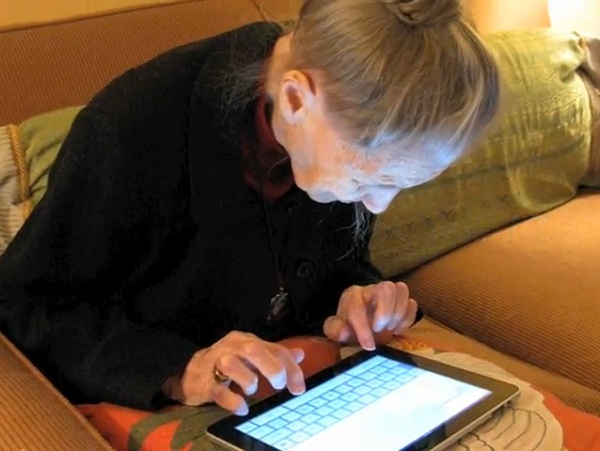The scene was one familiar to many tech geeks.
It was after the launch of Netflix’s PS3 app, and I, breathlessly, excitedly, couldn’t wait to show my parents, who had a PS3 under their TV too. “Look!”, I said “you can watch an unlimited number of movies! There are new ones and classics and documentaries… trust me, you’ll love this.”
My father’s brown furrowed a little. “Okay,” he said skeptically. “What do I have to do?”
“Oh, it’s easy, I said. First, switch the input on the TV. Then pick up this remote and – well, you see that button with ‘P’ on it, press that. Okay, then see that circle pad? Use that to go ‘movies’. No on the left. No, press it left to go left… Okay, see that triangle button, just press… Oh, surround sound? Okay, take that remote and press…”
“Okay, leave it,” my Dad said, exasperated. And so we did.
But far from some isolated moment from my life, it’s a phenomenon that’s extremely common. And really, it has nothing to do with age. Instead, all over the world, people who are familiar with technology try to encourage those who aren’t to use it – and often fail.
It’s clear that the use of new technology is skyrocketing. But it’s also true that everyone knows a few people – old and young – who are simply stymied by new tech.
You could argue that people who don’t adopt new tech like video streaming, smartphones, are just reluctant to learn.
But when I look at my parents and my friends’ parents, what becomes obvious is that this isn’t a question of technical literacy or a willingness to appreciate the new. These are smart people, some of whom have literally gone from living with no electricity to using laptops. No, at the end of the day, the reason they resist new technology was simple: I was asking my parents to adapt their lives to the technology instead of the other way round.
Rather than technology making their lives easier, its difficult and confounding nature was doing the opposite, in large part because it was adding layers of complexity to what used to be simple tasks. So of course they give up on it. Who wouldn’t?
It’s easy to dismiss this as simply the inevitable passage of time – new things come along and people get left behind. And yes, each new wave of innovation requires its own learning curve and set of skills. But when even Netflix or iPads can confuse people, it’s clear that tech companies are simply not doing enough to make their technology accessible, intuitive and open to as many people as possible.
So what has to happen to fix this? Here are three ideas:
Industry Standards
Things should work with other things. Wireless streaming should not depend on the brand of device. One charger should work for all mobile devices. Media services should be platform neutral, not tied to hardware.
In 2020, no-one should ever have to say “oh that only works with things of the same brand”. (Are you listening, Apple?)
Ecosystems, Not Devices
Related to the above, but what is also clear is that consumer electronics companies must stop designing products in isolation. If 80 tablets are announced at CES this year, does that mean each one will have its own accessory ecosystem? No, it means none will, as only the iPad will gain enough critical mass to develop one. Anyone who buys a Lenovo tablet outside of China will find themselves without any accessories or updates but a year after.
Software ecosystems work the same way, and Google or someone else must do something about Android fragmentation so that ‘things just work’. There’s no reason Netflix should appear on some phones and not others.
Focus on developing systems of media, standards and technologies that exist beyond the device, not on it. Otherwise, it will all remain an inscrutable web, open to tech geeks and closed to everyone else.
Intuitive Interfaces
Ignore ‘hardcore gamers’ – Microsoft Kinect is the right decision. Any technology that adapts itself to human gestures (instead of the other way round) is to be commended – and shamelessly copied and replicated elsewhere.
Interfaces must, as much as possible, ‘make sense’. Sure, it’s cliche and Steve Jobs may have corrupted the phrase ‘it just works’ a bit. But it’s still the truth, and the more technology can work in ways we are already familiar with – whether voice, gestures or anything else – the better off we’ll all be.
What else needs to happen to make technology more accessible to all? And what changes can the industry make to have tech become easier to use, understand and implement into our lives so that its benefits are obvious?


Leave a Reply